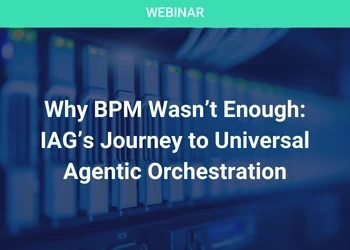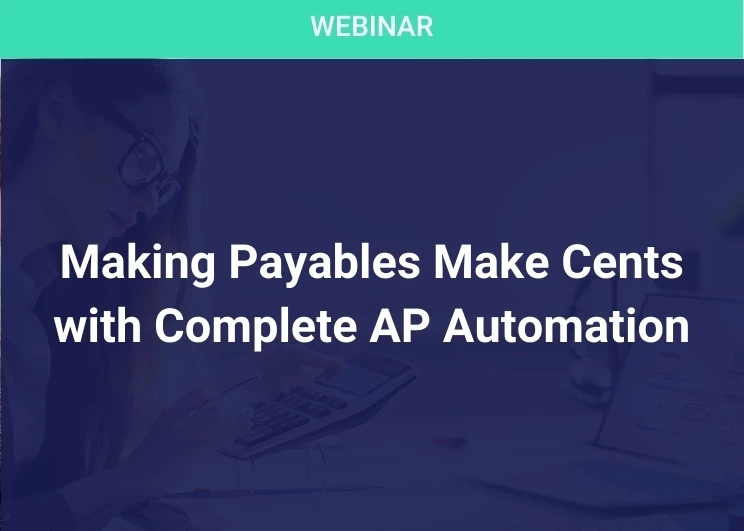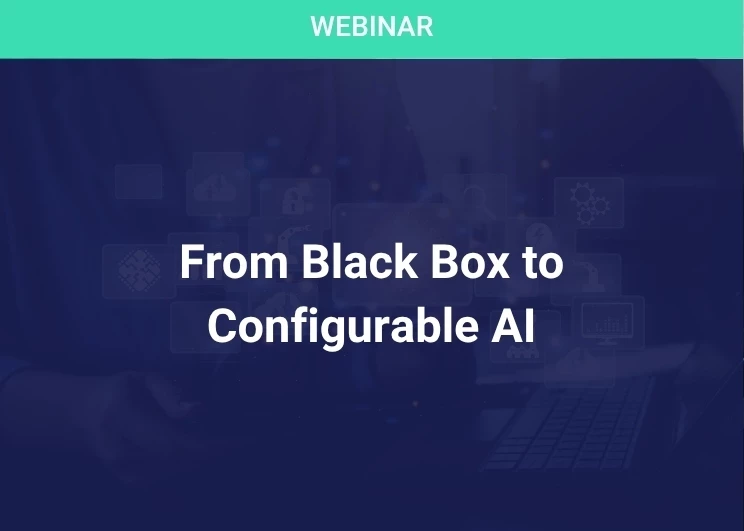Automation - What Holds Back E-Procurement Success?
Add bookmarkA constant corporate battle is that of getting on top of expense control and finding cost savings. Purchasing departments especially, have struggled with the lack of information or the inability to synthesize data. A combination of e-procurement service providers and an emphasis on strategic supply chain management have been creating excitement among purchasing professionals, however. In this article, UNICCO Service Company, one of North America's largest facilities outsourcing companies with over US$650 million in annual sales, 1,000 customers and 20,000 employees, explains how it turned disappointment with an earlier eprocurement program into success the second time around.
Effective e-procurement includes automating the requisition, order, and tracking process, recording information about company spending patterns for analysis, and in some cases managing the electronic invoicing process between suppliers and buyers. All this promises to produce savings in processing costs, accurate order fulfillment and pricing, and increased leverage with suppliers.
Yet for many companies, eprocurement has still not yielded its full potential. For e-procurement to be truly effective, corporations need to make sure they have found solutions that meet their needs, and that the data feeding the procurement system is complete and accurate. Corporations also need to make sure they have the full support of senior management and business leaders, as well as the means to enforce the corporation’s policies for procurement. Lower level participants of the process need to understand the value proposition related to e-procurement to prevent the program from being seen as a corporate initiative.
Finally, after e-procurement is implemented, the purchasing department needs to hire people with the right skills to use the information to "shop commodities."
Background
At UNICCO Service Company, we are well familiar with the difficulties surrounding a launch and implementation of a full scale eprocurement program. After an initial e-procurement implementation (late 2000/early 2001) did not achieve the desired results, UNICCO rethought its procurement and payables strategy, and relaunched the initiative, this time integrating all aspects of the process, while considering the impact on both suppliers and buyers.
First Launch Attempt – Aims
In late 1999, UNICCO formed a team to select an internet procurement solution. Prior to that, UNICCO had used JD Edwards purchase order system as a means to control spending. However, after executing a large acquisition the organization found it could not scale the JD Edwards solution to the dispersed "new" organization, which now included over 600 locations. By implementing an internet solution, the company hoped to eliminate paper-based purchase orders and requisitioning, as well as streamline the accounts payable payment process and achieve considerable cost savings.
UNICCO also hoped to gain better visibility of products and services being purchased, and thus increase the amount of spend which could be leveraged under regional and national agreements. This initiative would lead to a reduction in the supplier base, the use of correct pricing, and a reduction in maverick spend.
E-procurement was introduced in parallel to the shared service implementation strategy. In hind site, this just complicated the change management issues related to moving transaction work into the servicecenter. We should have have waited to introduce this as a reengineering opportunity once the shared service center had stabilized.
A core team was formed, consisting of finance, purchasing, and IT and led by the Director of Procurement. This team was to be responsible for vendor selection, process design, configuration, testing, pilot, and roll out. Four operations employees were included as part of the peripheral team, to assist in developing requirements, piloting the solution, and gathering profile information on users.
Expectations
There were approximately 25 requirements that had to be implemented and tested; key, was the ability to:
- order from a supplier catalog
- create a non-catalog purchase
- be able to track a purchase order against a budget
- have approvals based on management hierarchies
- lead buyer to appropriate accounting details, including cost centers and general ledger accounts
- create recurring requisitions for recurring purchases
- create receipts
- submit purchases to suppliers via the internet
- track returned orders
- report on open orders
Training
Actual implementation of the internet purchasing solution went smoothly – the entire timeline from start to finish took just under one year. To start, 400 users were trained, mainly via a hands on approach in specifically designated rooms: in the shared services center, in regional offices, or in conference centers, in an attempt to reach users all over the United States. Trainees were given a manual to support their use of the solution once they went back to their offices.
Early Successes
UNICCO realized immediate savings as a result of the national contracts that were put in place. Many of the vendor firms had catalogues on the e-procurement system. Several of UNICCO’s larger industrial sites became "best practice" in the company, using a combination of e-procurement and procurement cards for all their purchasing.
In 2001, the Aberdeen Group recognized UNICCO as a "Best Practice in E-Procurement" for the speed with which process change had been achieved with minimum investment. This enabled UNICCO to achieve a quick return on its investment.
Numbers Slow Down
Every month, after implementation, the purchasing department would send a report to the vice presidents of operations, showing how many people had been trained to use e-procurement and how many people were actually using it. This was the main measurement used to gauge success post-implementation. It also meant, however, that management would put pressure on operations to use e-procurement and that tensions began to rise. Comments came back including: "This doesn’t apply to us", "The system is too slow", "The system doesn’t work", "I don’t have a computer", "The wrong people are on this list", etc. etc.
Disappointment
A year after implementation, only two percent of purchasing dollars and transactions were being conducted through e-procurement. Only 70 of the 400 people trained were periodically using the tool. Over 2 percent of purchases were done on purchasing cards. Another 37 percent of purchases or payments were controlled by other authorization means, such as benefits contracts, web approval for fleet authorizations, or travel direct bill. This left 59 percent of our purchases being reviewed and approved after the purchase was made, and when an invoice was received.
On the plus side, UNICCO was continuing to see savings from the contracts that had been put in place in 2001. In fact, in fiscal 2002 contract savings yielded close to US$3 million. However, the company knew there was still money left on the table because buyers were not using the catalogues to ensure best pricing; and, we were not capturing enough product-specific information to allow us to renegotiate discounts and maximize rebates from manufacturers.
In accounts payable, 96 percent of transactions were still paperbased. UNICCO had hoped to put many of the contract suppliers on electronic invoicing, but that proved difficult because buyers were still using multiple methods of purchasing/paying with contract suppliers. Suppliers were invoicing without purchase order numbers, therefore expenses were sometimes recorded twice – at point of receipt and at point of voucher. There was simply insufficient standardization to move forward with accounts payable automation.
Another problem was that buyers were not receiving goods timely or accurately. As accounts payable tried to voucher invoices, they found that, in 65 percent of the time, the item had not yet been received. After a few false starts, purchasing often had to intervene in order for receipt to take place. Purchasing would process the receipt to get an invoice paid, only to have operations produce the receipt again a couple of days later. Over the course of a year, more than a hundred hours of time was spent reconciling the Receipts/Not Voucher account.
UNICCO had started to lose sight of what it was trying to achieve. A task force was therefore formed to figure out what went wrong and to make a recommendation to move forward.
What went wrong?
What emerged was the following:
1) Unclear Objectives and Goals
UNICCO was measuring success by the number of people trained and using the system. We had lost sight of the fact that we were trying to manage spend better and find ways to streamline the payment process. Even within shared services, team members were not clear on when it was appropriate to use eprocurement, procurement cards, or manual orders/invoicing. What was needed was a clear policy describing how employees should perform purchasing within the company, which would help meet the objectives of expense management.
2) Lack of Communication
With employees based at over 600 locations and only 20 percent of administrative and support staff with company email, communication is a challenge. There was good communication during the implementation phase but there needed to be continuous and consistent feedback post implementation, with constant reminders comparing accomplishments against our original objectives. Prior to shared services, UNICCO field operations were very autonomous. However, the culture is slowly adapting to the need to communicate across functional areas and down into organizations.
3) Lack of Management Support
UNICCO’s issues with management support were not typical. The company was not faced with managers undermining the process or ignoring the changes. The problems stemmed from the managers being stuck in the middle – between shared services and their buyers – without the information and tools to guide their divisions. Conceptually, the managers would agree that eprocurement was good, but what they meant was that it was good for someone else. Managers needed to understand that their employees were not being asked to do more work, rather that the effort should be shifted from the end of the procurement process to the beginning. Finally, they needed to understand expected benefits better. This message needs to be repeated constantly.
4) Solution Experience
There was certainly some truth to the perception that the eprocurement system was performing poorly. Some employees who are not on high speed lines, were experiencing long delays to create purchase orders or getting bumped of the system altogether. In addition to internal issues, UNICCO believed there were problems with the provider’s hosting environment. There were also some key gaps in functionality. The e-procurement provider was not coming to market with some of the changes that had been promised. Many of these problems stemmed from our special needs, as a service industry, to have transactions accounted for early in the process as they ultimately impact the quality and timeliness of billing to customers.
5) Inaccurate Data
"The system" was blamed for problems that stemmed from inaccurate data. Some suppliers were not updating their products and pricing in time. The buyer’s application request form was often incomplete, thus holding up the accounting and approval workflow. In an effort to prevent purchasing bottlenecks, the purchasing department would set up buyers with incomplete information only to pay the price, with errors, later on.
Tackling the Problem
In order to solve these problems, UNICCO proceeded to perform a detailed analysis of company spend, to define what the procurement and payable strategy and policy should be going forward.
The result was a proposal which would potentially get 90+ percent of purchases pre-authorized in some form. The potential for accounts payables automation was deemed to be about 70 percent, by using procurement cards and electronic vendor interfaces . A decision tree was designed to be used later in training, to guide the buyer in the purchasing process.
Now that the company had a solid strategy in place, regarding buyers’ procurement behavior, the next step was to make sure the right tools were there to enable buyers to make a purchase according to the guidelines.
UNICCO had to make a decision about its current eprocurement solution. Was it right for the long run? After considering many things, like the performance of the solution as well as the long term viability of the provider’s company, UNICCO felt it prudent to conduct a search for a new e-procurement solution.
UNICCO selected Eplus’ Procure+. We felt this provided a more robust search engine, better content management, the ability to do multiple purchase order types, and other features that supported the service industry better.
Second Launch
Having learned from our mistakes the first time around, we were determined to do it right the second time.
First, focal meetings were held with the current e-procurement users to discuss their experiences. From those meetings, a detailed "issues list" with over 100 items of additional process and system changes or enhancements was identified.
Next, additional meetings were held with directors of operations. At these meetings, the overall corporate purchasing strategy and guidelines were shared, and managers were given the opportunity to express their key needs from a change management and operational control perspective.
In April 2003, the second eprocurement project kicked off. On the team were representatives from shared services, IT, finance, and operations. The early weeks were spent going through the "issues and needs" list and mapping solutions through Eplus capabilities or UNICCO process changes. The summer months have been spent configuring the solution with product content, user profiles, accounting data, and authorization detail. UNICCO expects a pilot to start in early December with plans for a full roll out in March.
Success the Second Time
Improved Communication
The justification for this change was presented to, and supported by, the company’s operating committee. The strategy and direction has been fully communicated to the managers who are impacted. In fact, UNICCO’s Commercial Division has singled out e-procurement as a key initiative in their balanced scorecard tied to operational excellence goals. Quickplace, an IBM web-based solution which creates team workspaces for collaboration, was put in place to manage project plans, issues lists, process designs, and training material. This was instrumental for keeping project team members, many of whom were "remote," updated real time, all the time.
Experience
The issues related to the tool and processes have been addressed. While we don’t know if internet speed will still be an issue until fully rolled out, we are encouraged by early tests and the knowledge that UNICCO’s infrastructure continues to improve as more and more technology is deployed throughout the company. A significant decision was made to move to a two-way match from a three-way match, by eliminating receiving. A two month audit of e-procurement purchases had shown that there were no instances where an invoice and receipt did not match. In its place, a notification process is being added at the eprocurement website, allowing the buyer to notify accounts payable of any problems, including wrong quantities, product or returns.
Measurements and Enforcement
Once roll out occurs, UNICCO knows it will need to take additional steps to ensure compliance with the new purchasing guidelines. First, it will look to its high volume suppliers for support by ensuring purchasing is consistent. This will mean requiring purchase orders on invoices in order for a supplier to be paid. We will also scrutinize the process of setting up new suppliers. We will measure and report on how much of each business unit’s spend was processed by eprocurement against our long term goals. More emphasis will be put on understanding and reporting lost savings, which are the costs associated with not using our standard products and suppliers.
By this time next year, UNICCO expects to really be "walking the talk" when it comes to best practices in purchasing and payables. In addition, with more information readily available, UNICCO will be poised to implement an effective cost reduction program.
[eventpdf]






















